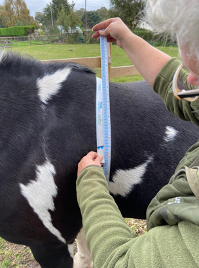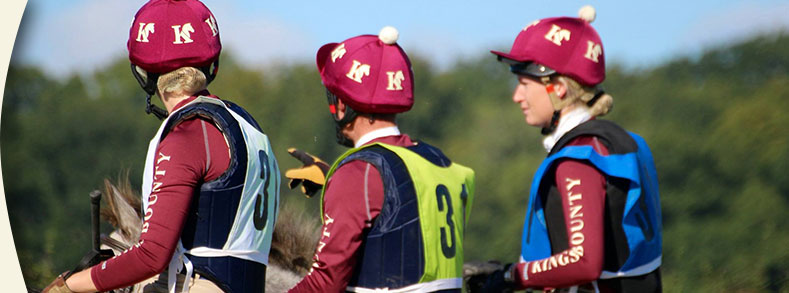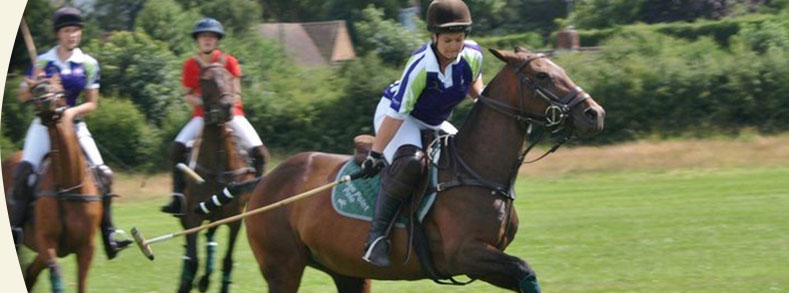Equine Obesity
Obesity is major problem amongst our equine friends! Laminitis is one of the most serious health implications of obesity. Other health implications include orthopaedic, heart and lung issues and hyperlipaemia (excess fat in the blood stream). Domestication is the main reason equines are getting fat! Horses and ponies have been designed to survive annual fluctuations in weight. Before domestication, they would eat large amounts of forage in the summer when supplies were in abundance and this would be converted into fat for them to store and survive on during the cold winters when grazing was sparse. The problem with domestication is that humans do not allow equines to get lean in the winter! Instead we continue to feed them and over rug them leading to at times, weight gain during the winter. This self-perpetuating cycle continues. As vets we constantly see cases of Equine Metabolic Syndrome – the culmination of obesity, insulin resistance and increasing circulating cortisol which can trigger bouts of laminitis.
Knowing what the ideal weight for your horse/ pony should be can be challenging. Body weight can be measured via a weigh bridge, weigh tape or using a formula developed at Texas University. However, accurate measurements do not tell you if that weight is right for that horse. Body condition scoring can give you this information and is the advised method for owners to assess their horses body weight.
Body condition scoring involves looking and feeling your horse for fat cover. Scoring systems are based on either a 0- 5 or a 0-9 system. Many UK systems are based on one produced by Carol and Huntingdon using scores from 0-5 where 0 = emaciated, 5 = obese and 3= generally a healthy weight (see table 2).

The aim should be to have your horse/ pony at BCS 3 (2.5 for laminitics).
Click on this link to be taken to the Blue Cross Website with tips on how to body condition score your horse or pony: https://www.bluecross.org.uk/pet-advice/how-body-score-your-horse
How to implement weight loss
1. No grazing! When horses are at a high-risk weight, access to grass needs to be stopped as the amount ingested cannot be monitored. This is harsh but weight loss is vital.
2. Feed should comprise hay +/- a low energy chaff. Low calorie chaff is useful as some hay can have a high energy value. A vitamin/ mineral supplement or a balancer must be provided when horses are not grazing/ on a restricted diet.
3. To lose weight, the total DRY MATTER intake of all feed should not exceed 1.5% of the horse’s current weight e.g. a 500kg horse being fed 1.5% of its body weight should receive 7.5 kg dry matter/ day. This percentage can be reduced if the horse is not losing weight and a percentage of the TARGET WEIGHT can be fed instead but it is best to discuss this with your vet so a suitable plan is made. Soaking hay is ideal to soak the sugars out, especially in overweight laminitics.
4. Weigh the feed/ hay accurately!
5. Horses should be fed little and often with the largest amount of food being fed before the longest period without feed e.g. at night.
6. Monitor your horses weight loss every couple of weeks so that you can adjust the amount of food being given according to their new weight.
Remember, like with humans, weight loss is not a quick fix! On average, horses with BCS >5 can lose 1% body weigh weekly whereas those with BCS >4 will lose 1% every 2 weeks.
Exercise is key but this is not always possible in horses/ ponies with issues like laminitis. Avoid over rugging also – remember fat horses have plenty of natural insulation! If out in the field, they can move around to keep warm. Stabled horses are less able to do this so rugging may be more necessary.

As horses start losing weight, grazing can start to be introduced. This needs to be introduced gradually and the feed ration being fed should be reduced e.g. for the first 2 hours of grazing, reduce the daily food ration by 0.25% of the horse’s body weight. Ways in which you can cut down grass intake include:
- Reduce the time spent grazing
- Increase the herd size in the grazing season
- Use a grazing muzzle
- Strip graze horses
- Mix grazing with sheep













